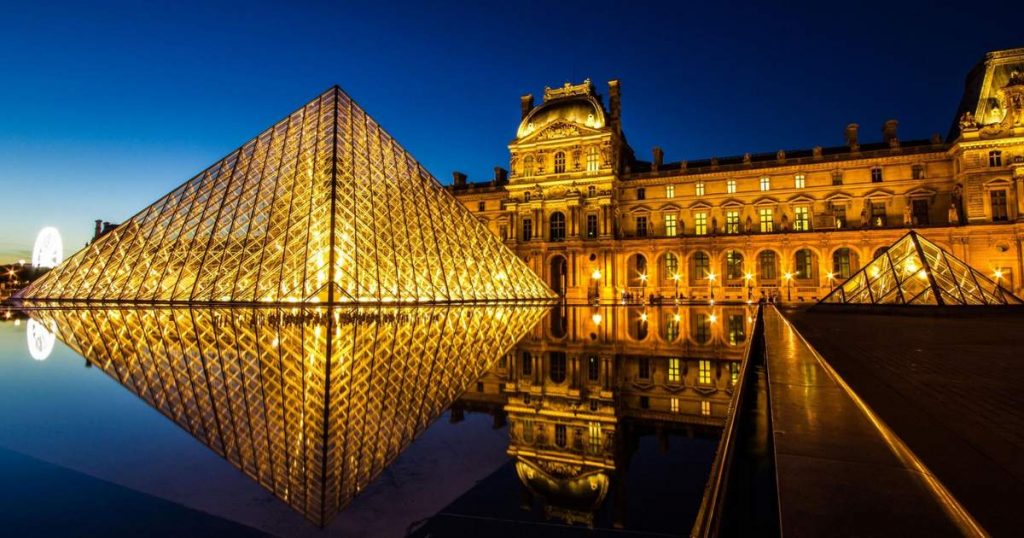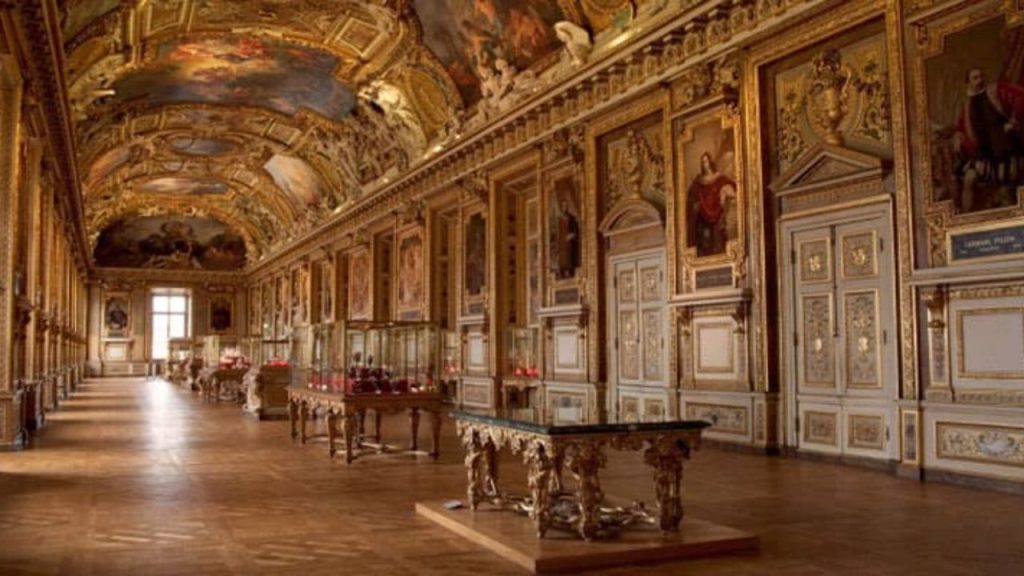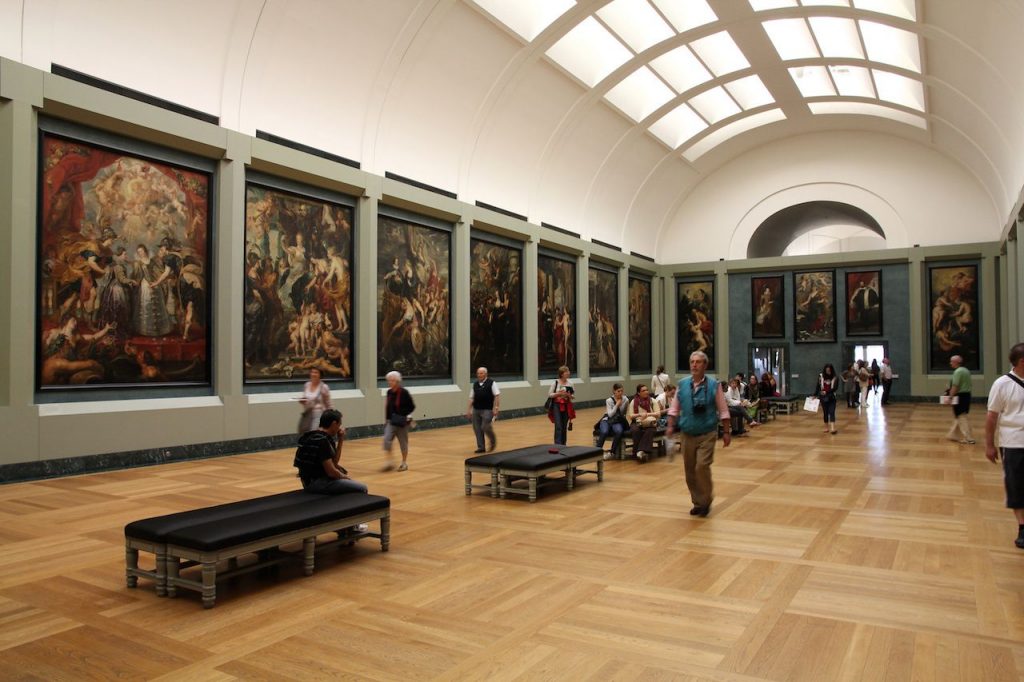Louvre is the book in which we learn to read
For numerous years now, France wins the most visited tourist destination in the world, with numbers reaching 90 million per year. From the boulevards of Paris to the fashionable seaside resorts of the Côte d’Azur, the nation offers some of the most beautiful scenery one can see and the most delicious dishes one can taste, attracting these enormous amounts of visitors, who know what’s good. In this piece, we will focus on the great Louvre Museum, which is a home to numerous priceless masterpieces and the nation’s cultural heritage, welcoming over 15,000 visitors per day, 70% of whom are foreign tourists.

Two centuries ago, the former residence of the kings of France was turned into one of the greatest museums in the world. Louvre has one of the riches collections with over 380,000 pieces of art, 35,000 of which are on display, spreading over 60,000 m2. Some of the most famous being the Mona Lisa, La Vénus de Milo, le Radeau de la Méduse, la Liberté guidant le people and many more… The Louvre Museum is an extraordinary place that must be visited during a stay in Paris.

We find the Louvre in the 1st arrondissement of Paris, close to the les Halles district. It has won the award for most visited museum in the world for many consecutive years now, attracting close to 10 million visitors annually. It is impossible, as a human being, to see the entire Louvre museum in just one day. In fact, even a month of exploring this space wouldn’t be enough, it would actually take you 100 days to see every piece of art in the Louvre, if you spend 30 seconds at each piece, all day every day, without sleep, breaks or mealtimes. The Louvre was originally built as a grand fortress in Paris, and was later turned into a royal palace in the 16th century before becoming a museum in 1793.

The Mona Lisa artwork is responsible for a large portion of the visitors that make their way to this museum each day and year. So much so, that the painting is now kept behind a glass barrier, and there are barricades preventing anyone from getting too close to the famous diva. Apart from this popular, mystic master piece, the most recent estimation state that the Louvre currently is close to having 7500 paintings. Of this amount, over 66% are creations by artists who are French locals. The Louvre’s collection of paintings dates back to the reign of Francis I of France, who sought to create a gallery of art in his château at Fontainebleau rivaling those of the great Italian palaces. He acquired masterpieces by leading Italian masters Michelangelo, Raphael and invited Italian artists to his court, some of which being Leonardo da Vinci, Rosso, and Primaticcio. Donors and art patrons have played a key role in the museum’s history. Of these, the association known as the Société des Ams du Louvre (the Friends of the Louvre) is the most important. Created one hundred years ago, it has purchased a considerable number of works from all periods and schools, many of exceptional artistic value.

Back in the 20th century, during the second world war, the Nazi’s raided businesses and homes across France and other European countries, and removed artworks at their discretion. This stolen art was then kept in the museum as a store room. In 2018, the museum put on display all of the series of paintings that were once looted by the Nazis!
One can recognize the Louvre by the grand glass pyramid. The architectural piece in question was only added to the Louvre’s grounds very recently in the 1980s. Surprisingly, it was not a French architect who was selected for the job, but rather a Chinese man named I.M. Pei. The main pyramid has become an important and recognizable part of the Parisian skyline, and there are three smaller versions of the structure in the surrounding courtyard.
Vincent Van Gogh once said, “Someday my paintings will be hanging in the Louvre.” The greatest museum of all time. filled with culture, history and heritage, where spending a day, maybe even a few, will leave any visitor enlightened and inspired to their deepest core.